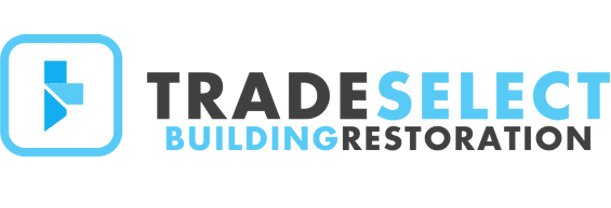We understand the potential health risks and structural damage that mould can cause, and we’re here to provide you with a comprehensive assessment of your property. Here’s an overview of our mould inspection process:
Step 1: Visual Inspection – Our certified mould inspectors will conduct a detailed visual examination of your property, both indoors and outdoors. We look for visible signs of mould growth, such as discoloration, malodours, and water stains. Our inspectors are trained to identify common areas where mould is likely to thrive, including cavities, bathrooms, basements, and areas with water damage.
Step 2: Moisture Assessment – Mould requires moisture to grow, so we assess the property for potential moisture sources and areas of water intrusion. This includes evaluating plumbing systems, roof leaks, condensation issues, and inadequate ventilation. Identifying and addressing these moisture problems is essential to prevent future mould growth.
Step 3: Air Sampling – In some cases, air sampling may be conducted to assess the quality of indoor air and identify the presence of airborne mould spores. This involves collecting air samples from various areas of the property and analyzing them in a laboratory to determine the types and concentrations of mould spores present. Air sampling helps provide a more comprehensive understanding of the mould situation.
Step 4: Moisture and Relative Humidity Measurements – We utilize specialized moisture meters and hygrometers to measure moisture levels in different areas of the property. High humidity and elevated moisture levels are conducive to mould growth, so these measurements help identify areas of concern and guide the inspection process.
Step 5: Thermal Imaging – Infrared thermography may be employed to detect hidden moisture or potential mould growth behind walls, ceilings, or other building materials. This non-invasive technique allows us to identify areas of temperature variation, which can indicate moisture intrusion and potential hidden mould.
Step 6: Detailed Report and Recommendations – Based on our findings, we provide you with a detailed report that outlines our observations, identifies any mould growth, and offers recommendations for remediation. Our report will also include guidance on addressing the underlying moisture issues to prevent future mould problems.
Step 7: Remediation Planning and Assistance – If mould is detected, we can help you develop a comprehensive remediation plan tailored to your specific needs. We can provide guidance on finding qualified remediation professionals and offer ongoing support throughout the mould remediation process.
With our thorough mould inspection process, you can have peace of mind knowing that potential mould issues are identified and addressed promptly.

Trade Select is a company that specialises in building restoration services. They offer a range of services to repair and restore homes and businesses that have been damaged due to water, fire, or flood. Besides, they create a safe environment for people to continue living while the work is being completed.